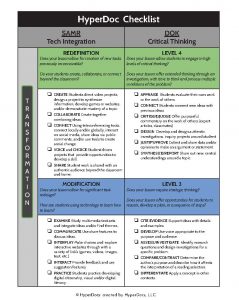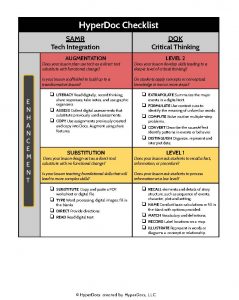In the last of my blog posts, I wanted to share the process of self-inquiry. Throughout this course, I have begun to explore who I am as well as recognizing and acknowledging the damaging and lasting effects of colonialism in our Education System. I know that we must begin to embed Indigenous ways of knowing, being, and doing in every aspect of our Education and that there are no longer “one-offs” or “single activities” to check off a box. I know that I am responsible for sharing the knowledge I have gained so Indigenous Education can become Education one day. That we are all working towards acknowledging the colonialism that still resides in our classrooms and schools, and doing everything we can to change it.
Kelly Hansen, a Doctorate student from UBC wrote the paper; The First Peoples Principles of Learning: An Opportunity for Settler Teacher Self-Inquiry which speaks about her experiences with embodying the First Peoples approaches to learning. In her writing, she notes the following questions for daily practice:
- How is what I am teaching related to nurturing well-being for myself, my students, our
community, and the greater world? - Where am I learning, and what is my relationship to this land? How do these
relationships represent the consequences of our actions? - How am I considering multiple generations in my learning?
- To what extent am I considering and appreciating Indigenous knowledge in my
teaching and learning? - What stories am I learning from, sharing, and creating?
- What is my relationship to time? Am I acting with patience?
- Who am I at this moment and who do I want to be?
It is this type of self-inquiry that allows us to be the Educators that our students and this world needs. To come from a place of understanding, compassion, and respect of language, land, and culture. To build relationships, listen to stories, and reflect on who you want to be so that you can help guide others in the same inquiry. These questions will become a part of my daily practice not only with my students but with my children as well.


